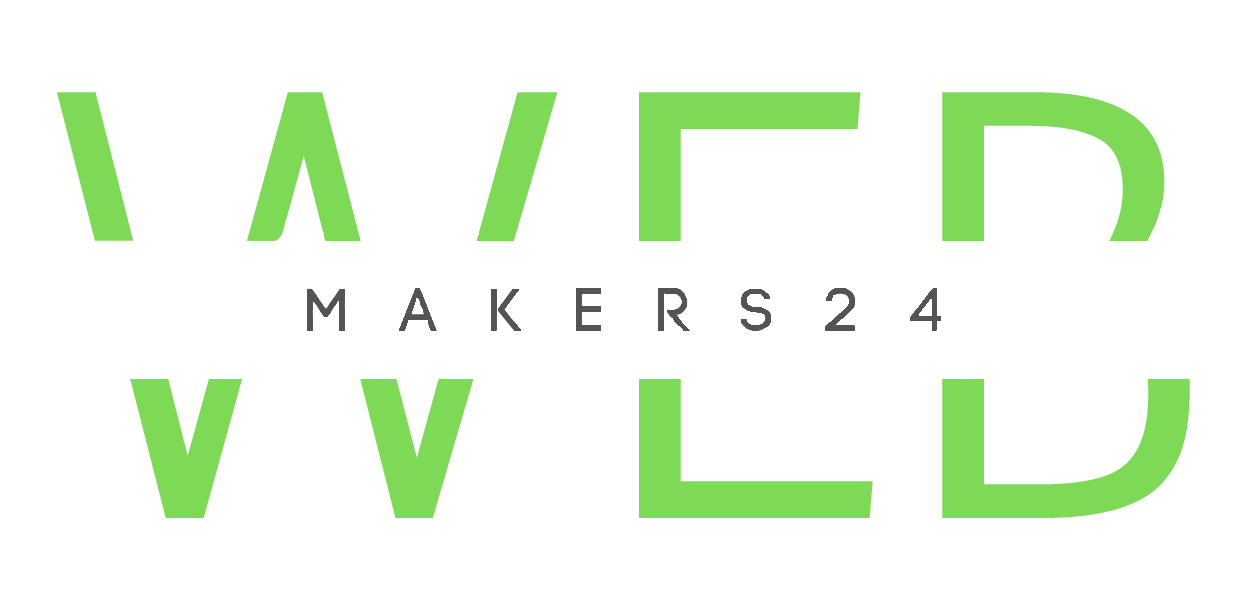The Psychology Behind Effective Logo Design
December 6, 2024
1. The Power of Shapes in Logo Design
Shapes play a critical role in how a logo communicates its message. Each shape evokes specific emotions and associations:
- Circles and Ovals: Represent unity, harmony, and inclusivity. Companies like Pepsi and Mastercard use circular designs to convey trust and community.
- Squares and Rectangles: Denote stability, professionalism, and structure. Logos like Microsoft’s reflect these attributes.
- Triangles: Symbolize power, innovation, and motion. These shapes are often associated with cutting-edge brands or industries like technology and construction.
Understanding how shapes influence perception can help in crafting a logo that aligns with a brand’s core values.
2. The Psychology of Colors
Color psychology is one of the most significant factors in logo design. Colors evoke emotions and influence decision-making:
- Red: Energy, passion, and urgency. Brands like Coca-Cola use red to create excitement and draw attention.
- Blue: Trust, reliability, and calmness. Tech and financial companies like IBM and PayPal often choose blue to foster a sense of security.
- Green: Growth, health, and sustainability. Companies like Starbucks and Whole Foods use green to emphasize their eco-friendly and natural approaches.
- Yellow: Optimism, warmth, and cheerfulness. McDonald’s and IKEA use yellow to create a friendly and inviting image.
Choosing the right color palette ensures that the logo resonates emotionally with its target audience.
3. Typography and Its Impact
Typography is more than just selecting a font; it’s about creating a personality for the brand. Fonts convey tone and attitude:
- Serif Fonts: Traditional, elegant, and trustworthy. Examples include Times New Roman and the logos of luxury brands like Vogue.
- Sans-Serif Fonts: Modern, clean, and approachable. Google and Spotify use sans-serif fonts to convey simplicity and accessibility.
- Script Fonts: Creative and sophisticated. Brands like Coca-Cola use script fonts to evoke a sense of uniqueness and history.
The right typography ensures that the logo communicates the brand’s ethos effectively.
4. Simplicity and Memorability
The most iconic logos—think Apple, Nike, or Adidas—share one common trait: simplicity. A simple logo is easier to recognize, recall, and reproduce, making it more effective in building brand awareness. Overcomplicating a design can dilute its impact and make it less memorable.
5. Cultural Relevance and Audience Alignment
Effective logo design considers cultural and demographic factors. What resonates with one audience may not resonate with another. For instance, colors and symbols can have different meanings in different cultures:
- In Western cultures, white often symbolizes purity, while in Eastern cultures, it can signify mourning.
- Certain symbols, like a lotus, may be culturally significant in Asia but not in Western markets.
Researching the target audience ensures the logo aligns with their values and expectations.
6. Consistency and Versatility
A logo must be consistent across all platforms while being versatile enough to adapt to various mediums, from business cards to digital platforms and billboards. Consistency builds trust and recognition, while versatility ensures usability in diverse contexts.
7. The Role of Negative Space
Negative space in logo design is the art of utilizing empty spaces to create additional meanings or enhance the visual appeal. Famous examples include:
FedEx: The arrow hidden between the “E” and “X” symbolizes speed and precision.
Toblerone: The bear within the mountain reflects the brand’s Swiss heritage.
Using negative space cleverly can make a logo more engaging and memorable.
8. Emotional Connection and Storytelling
A great logo tells a story. It’s not just about design; it’s about creating an emotional connection. For example:
- The Nike swoosh symbolizes motion and victory, aligning with the brand’s focus on athleticism.
- The Amazon logo, with its arrow from “a” to “z,” signifies the variety of products it offers and creates a subtle smile.
Storytelling through design elements fosters deeper connections with the audience.
Conclusion
Effective logo design is both an art and a science. By leveraging psychological principles—from the impact of shapes and colors to the importance of simplicity and cultural alignment—designers can create logos that not only look appealing but also resonate deeply with their intended audience.
Whether you’re launching a new brand or refreshing an existing one, understanding the psychology behind effective logo design can be the key to standing out in a crowded marketplace. Your logo isn’t just a design; it’s a bridge between your brand and the world.






